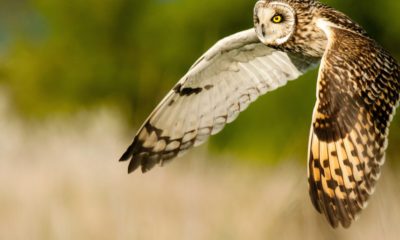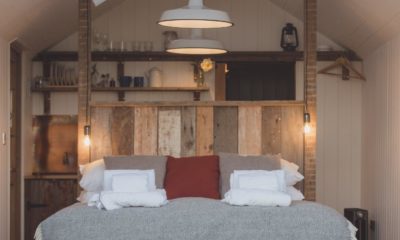Conservation
Elmley is an internationally important fresh water grazing marsh wetland renowned for significant populations of over-wintering and breeding birds, and also hare, watervoles, rare invertebrates and flora.
Elmley’s vast amount of fresh water habitat alongside the equally vast expanses of salt marsh and mudflats of the Swale (a channel of the sea separating Sheppey from the mainland) make the area a gigantic feeding table for waders and wildfowl throughout the year. Peak number of waders and wildfowl come between January to March, especially when there is a cold spell in NW Europe. The grazing marsh is also interspersed with wide fleets, reed beds, rough grassland strips, hay meadows and 9 km of sea walls – all of which provide habitats for a variety of terrestrial and aquatic species.
Our conservation efforts across the Reserve are focused towards breeding waders and particularly the lapwing (Vanellus Vanellus) and redshank (Tringa Totanus). To ensure the grazing marsh is as good as it possibly can be for their fledging success we undertake intensive management throughout the year focusing on livestock grazing, water control, micro-topography (digging out rills and scrapes to create gentle undulations in which water can collect), grass management and predator management. With a small team and some great volunteers a huge amount is achieved.
At Elmley conservation and farming go hand in hand. The cattle do the heavy lifting of maintaining the sward (grasses) at the right height and density over the year with excellent results for breeding waders and fantastic beef extensively reared in a sustainable way. To do this on such a large site we need a lot of livestock and so we partner with several local farmers to run a combined herd of up to 900 native and continental breed cows and 1000 Romney sheep.
Elmley is a seasonally drying wetland and only receives water from rainfall. To make the most of this water we have a network of ditches and rills connected by pipe controls which enables us to hold onto water and manage levels to within centimetres across 9 square kilometres! In dry years we supplement the water levels by abstracting water from nearby ditches and reservoirs to provide high winter levels favoured by vast flocks of wildfowl without flooding the marsh and harming the invertebrates upon which many species depend. As levels recede each spring muddy edges along our rills provide invertebrate rich and easily accessible feeding areas for waders and their chicks each Spring. To provide accurate measures of this work and to ensure our wildlife is doing well we have a team of voluntary surveyors who spend numerous hour counting wetland birds throughout the year and wader chicks each Spring. Their results are published monthly in our newsletter/blog.
In addition to grazing we top (or cut) the lignant grasses, sedges and rushes in mid-late summer (which takes around six weeks!) to promote regrowth which intern attracts returning winter migrant birds to the marshes. Around this time we also create and improved areas across the marsh, digging new scrapes and rills, desilting ditches and repair infrastructure.
All of our conservation work is funded by EU and UK Government agri-environment schemes and follows best practice and Natural England guidelines. We are actively involved in developing new techniques and ideas for conservation minded land management and contribute to conservation policy and rural affairs regularly.
If you would like to know more or run a research project at Elmley do get in touch info@elmleynaturereserve.co.uk






